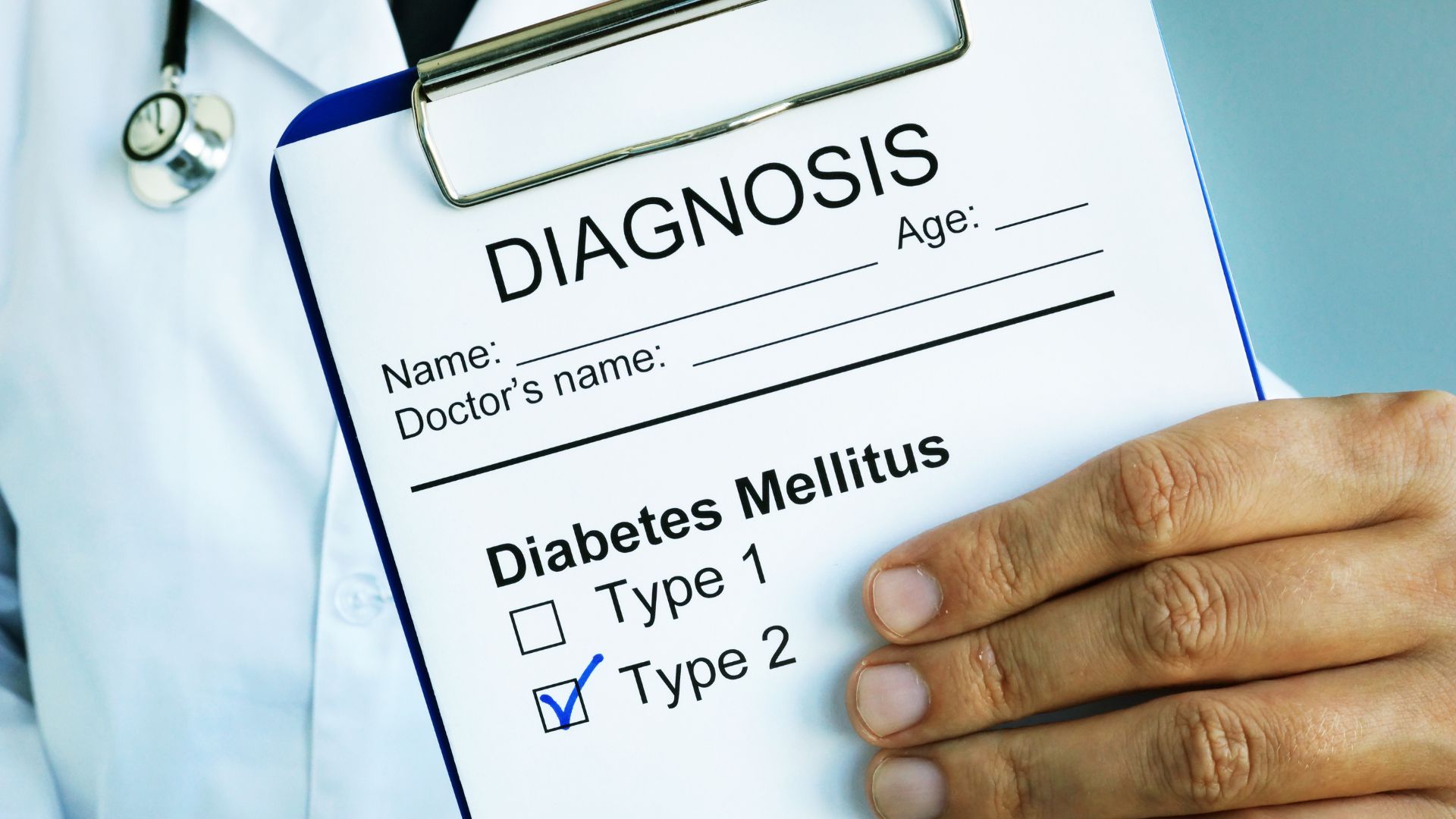
03 Aug The Difference between Type 1 and Type 2
Several health complications are attached to diabetes. One of the health complications of diabetes is peripheral neuropathy or nerve damage.
The Philippines reported a prevalence of more than 40% for diabetic neuropathy. The International Diabetes Federation noted that the Philippines recorded 3.9 million cases of diabetes as of May 2020.
Peripheral neuropathy or nerve is a common health complication in diabetes. Its symptoms start at the feet and legs first, which will then spread to hands and arms. One of the signs of peripheral neuropathy is numbness or reduced ability to feel pain or temperature changes.
There could also be symptoms of serious foot problems, including bone and joint damage.
Diabetes is categorized as type 1 and type 2.
Causes of Diabetes
Type 1 diabetes is an autoimmune disorder. Researchers have yet to unveil why the immune system attacks its own healthy cells.
It could be due to genetics, environmental factors, and exposure to some viruses. However, lifestyle habits and diet do not have an effect on the development of type 1 diabetes.
On the other hand, dietary habits and lifestyle can contribute to the cause of type 2 diabetes. Other genetic and environmental factors can also play a role in contributing to the development of type 2 diabetes.
You are at risk of carrying type 2 diabetes if you have a lot of belly fat, are physically active less than three times a week, are over age 45, gave birth to a baby weighing 9 pounds, and have a history of polycystic ovarian syndrome. Having these factors does not guarantee that you will get type 2 diabetes, nor does lacking them protect you from it. Your risk also depends on other factors, such as your blood sugar levels and prediabetes. That’s why you should see your doctor regularly and monitor your blood sugar levels.
Symptoms of Diabetes
Symptoms of the medical condition include:
- Weight loss
- Excessive thirst, hunger, and urination
- Susceptibility to infections
- Fatigue
- Blurry vision
- Cuts or sores that don’t heal completely
- Numbness and tingling in hands and feet
- Dry skin
- Irritability and mood changes
Diabetes Treatments
People diagnosed with type 1 diabetes should take insulin regularly as their bodies do not produce it naturally. In addition, there should be close monitoring of their blood sugar levels.
Some people inject themselves with insulin several times a day. Others use insulin pumps.
Type 2 diabetes can be managed and prevented. Its treatment usually starts with lifestyle changes like regular exercise and a balanced diet. Some cases will require oral medications to control their condition.
If you have diabetes, contact your doctor for proper treatment and monitoring.
SOURCE:
https://www.healthline.com/health/difference-between-type-1-and-type-2-diabetes#treatment
https://www.health.harvard.edu/a_to_z/type-2-diabetes-mellitus-a-to-z
https://www.health.harvard.edu/a_to_z/type-1-diabetes-mellitus-a-to-z



